Happy Monday GPODers!
Today we’re seeing how Carla Zambelli Mudry’s garden is handling some uncharacteristically warm weather this fall. Carla sends regular updates on her garden in Malvern, Pennsylvania (some submissions from this past year are: Ahead-of-Schedule Flowers in Pennsylvania, Hydrangea Season in Carla’s Garden, and A Weird Summer in Carla’s Garden), so we have a great record on how her space has evolved over the years. Despite the ups and downs that climate likes to bring to our gardens, Carla is always able to create and capture plant magic.
Unbelievably, it is November and it’s over 60°. It has been a very stressful fall gardening season because we’ve been in a drought. We are under a burn ban for the county I live in Pennsylvania through the end of this month, and I wouldn’t be surprised if they extended it.
We’ve had a little bit of rain in the last week, which softened the soil up enough for me to get the rest of the bulbs planted. I think about 500 bulbs again this year, a lot of of them are in the lawn. I have been working on a Stinzenplanten the past couple of years. It’s more of a common occurrence in European countries, here in the US so many people just bow to the lawn gods and I remember when I was a child there were all these lawns of these houses where I lived that would explode with little daffodils and crocuses in the spring, and as the years went by and people started using chemical laden lawn services and developing larger parcels of land into multiple small parcels of giant McMansions, it disappeared.
The drought is really stressing my shrubs and trees. I believe I’ve lost some deciduous azaleas, but I’m not sure. I won’t know about the tree damage until the spring. As we adapt to climate change, I hope our gardens will do so as well happy Thanksgiving to everyone out there at Fine Gardening.
Despite drought, the trees really put on a spectacular show this year. I saw similar scenes here in Connecticut where we experienced similar drought and burn bans.
The resilience and beauty of trees is always inspiring, and Carla has an incredible mix around her property. Her landscape has all the must-have colors of the season, as well as plenty of green to keep everything grounded.
Colorful foliage is even more magical up close.
 Fall gardens can be a little more understated, which brings out a simpler kind of beauty. In the summer, garden art like this beautiful copper bird bath often becomes accents to more bountiful blooms and lush foliage. In the fall, this bird bath is able to stand on its own while becoming a frame for some pretty fallen leaves.
Fall gardens can be a little more understated, which brings out a simpler kind of beauty. In the summer, garden art like this beautiful copper bird bath often becomes accents to more bountiful blooms and lush foliage. In the fall, this bird bath is able to stand on its own while becoming a frame for some pretty fallen leaves.
Of course, there are plenty of lasting blooms in Carla’s garden as well. This hydrangea may be fading, but it’s still providing a little muted pink to the landscape.
While some flowers are fading, others are just amping up. A bright pink Japanese camellia (Camellia japonica, Zones 7–9) is starting to bloom.
Thanks to the unseasonably warm weather, lots of roses are still putting on a show in Carla’s garden!
More cold-weather classics are starting to make their appearance. Like the Japanese camellia above, this American witch hazel (Hamamelis virginiana, Zones 3–8) should be covered in its unusual blooms into winter.
I always love seeing this garden sculpture when Carla submits her garden. It looks great in all seasons, and is an incredible feat of craftsmanship that connects the garden to the wooded landscape that surrounds.
Carla sent in so many sensational photos from her garden, that we’ll be back in Pennsylvania to see more of her fall scenes tomorrow. We’ll take a look at more flowers that are still putting on a performance in the late season as well as Carla’s hanging baskets and containers full of edibles.
Have a garden you’d like to share?
Have photos to share? We’d love to see your garden, a particular collection of plants you love, or a wonderful garden you had the chance to visit!
To submit, send 5-10 photos to gpod@taunton.com along with some information about the plants in the pictures and where you took the photos. We’d love to hear where you are located, how long you’ve been gardening, successes you are proud of, failures you learned from, hopes for the future, favorite plants, or funny stories from your garden.
Have a mobile phone? Tag your photos on Facebook, Instagram or Twitter with #FineGardening!
Do you receive the GPOD by email yet? Sign up here.
Fine Gardening Recommended Products
Berry & Bird Rabbiting Spade, Trenching Shovel
Fine Gardening receives a commission for items purchased through links on this site, including Amazon Associates and other affiliate advertising programs.
Ideal Tool for All Gardeners Use: Our heavy duty trenching shovel is designed by a professional gardening tool designer. Lifetime Durability: This heavy duty drain spade is made of high-quality stainless steel, it is very strong and durable, even if it is used for high-strength work, it will not bend. Ergonomic Wood Handle: The handle of this planting spade is made of ash hardwood harvested from FSC-certified forests and has an ergonomically streamlined design, making it very suitable for everyone's hands. Multi-Use: This digging shovel is generally used for digging trenches, digging holes, transplanting, edging, moving compost, cutting thick turf and furrowing. The sharp blade allows you to cut, scoop, dig, lift and dice in hard soil.
National Wildlife Federation®: Attracting Birds, Butterflies, and Other Backyard Wildlife, Expanded Second Edition (Creative Homeowner) 17 Projects & Step-by-Step Instructions to Give Back to Nature
Fine Gardening receives a commission for items purchased through links on this site, including Amazon Associates and other affiliate advertising programs.
From the National Wildlife Federation, the largest U.S. nonprofit conservation organization, with 6 million members and 51 state and territorial affiliated organizations. 17 step-by-step projects that everyone can do together make getting your family back to nature easy, educational, and fun. Over 200 color photos of backyard wildlife habitats and the wide variety of creatures they attract, plus step-by-step photos and illustrations for family projects. Learn wildlife-friendly practices for gardening, landscape design, supplemental feeders, birdbaths, nesting places, and more. Learn how to attract backyard pollinators, from bees and butterflies to beetles, bats, and hummingbirds
Get your garden certified by the National Wildlife Federation's Garden for Wildlife(TM) program by following the included certification application checklist.
Bee Watering Station with Vivid Flower Design
Fine Gardening receives a commission for items purchased through links on this site, including Amazon Associates and other affiliate advertising programs.
Thoughtful Combo: You will receive a bee feeder and 30 glass marbles. This thoughtful combo can provide clean water for the bees, you just need to put the marbles into the bee watering station, add water (note: the water level should not exceed the height of the marbles) and hang them in the right place. The round, colored marbles can provide a place for the bees to stand and prevent them from falling into the water, effectively keeping the bees safe. Fine Material: This exquisite bee bath is made of high quality iron material, smooth surface, rust and weather resistant, not easy to fade, sturdy and reliable. Bee cups for garden can well meet the drinking water needs of lovely bees, and it can also provide food for bees, such as sugar water, nectar, etc., attracting more bees to your outdoor area and making your garden full of vitality. Perfect Size: The butterfly watering station has an overall height of 13.4 inches, a bowl diameter of 9.4 inches, and a weight of 0.44 pounds. The bee cup serves the needs of the bees well without plunging them into dangerously deep water or taking up unnecessary space in your garden, and this compact and efficient design makes it a practical addition to any outdoor space. Elegant Design: Our bee watering cups are designed in unique flower shapes with vibrant and realistic colours to attract lovely bees to your garden and patio, bee feeders for outside are not only functional but can also be used as a landscaping element, their vibrant floral patterns enhance the beauty of your garden. Multicolored Decoration: Colorful bee water stations look like flowers in a garden, flower bed or pot and attract bees and butterflies. They can drink or bathe in bee feeders, which are highly decorative and practical.
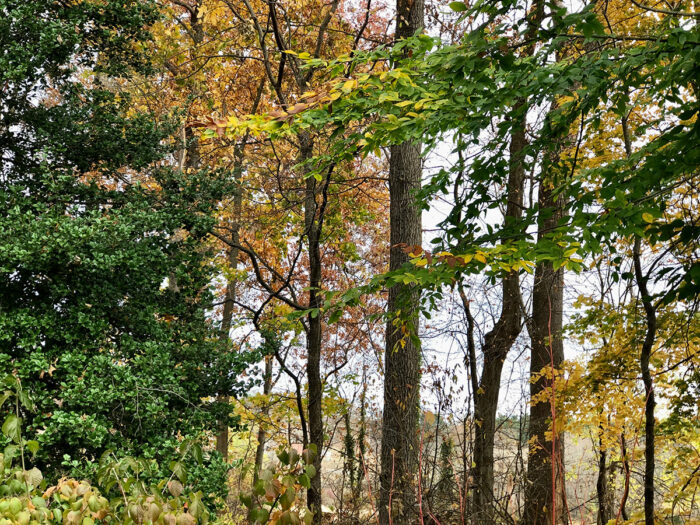



 Fall gardens can be a little more understated, which brings out a simpler kind of beauty. In the summer, garden art like this beautiful copper bird bath often becomes accents to more bountiful blooms and lush foliage. In the fall, this bird bath is able to stand on its own while becoming a frame for some pretty fallen leaves.
Fall gardens can be a little more understated, which brings out a simpler kind of beauty. In the summer, garden art like this beautiful copper bird bath often becomes accents to more bountiful blooms and lush foliage. In the fall, this bird bath is able to stand on its own while becoming a frame for some pretty fallen leaves.





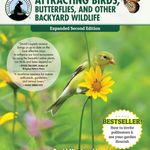
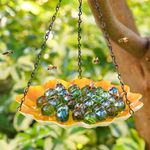





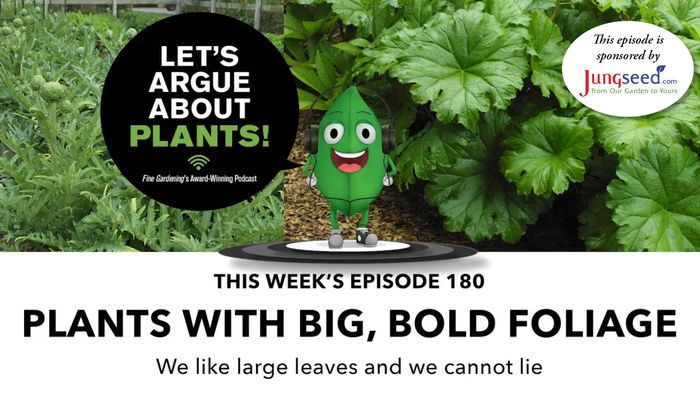
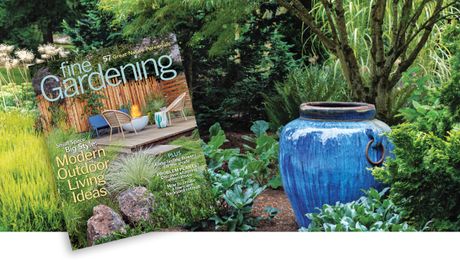
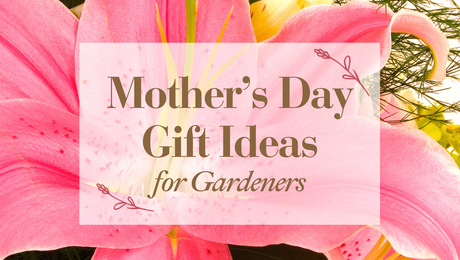
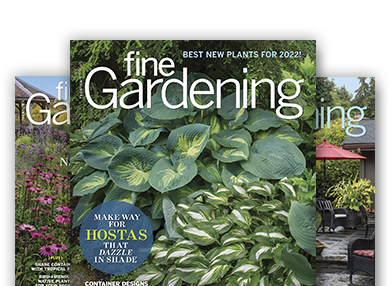

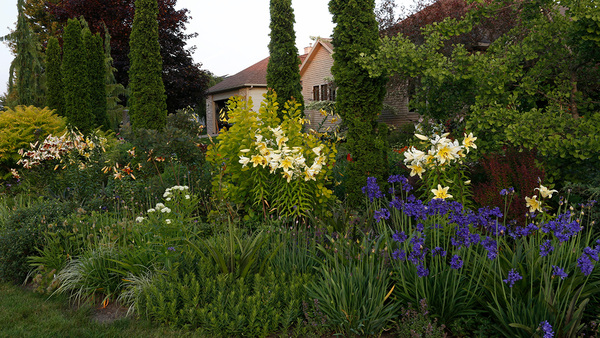



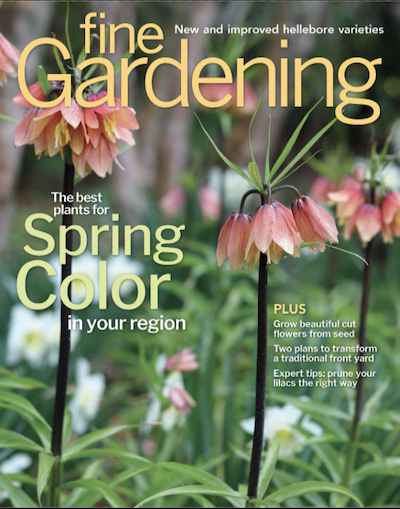



Comments
Love your witch hazel. Sadly, mine has never done much of anything -- maybe 4 or 5 blooms.
Log in or create an account to post a comment.
Sign up Log in